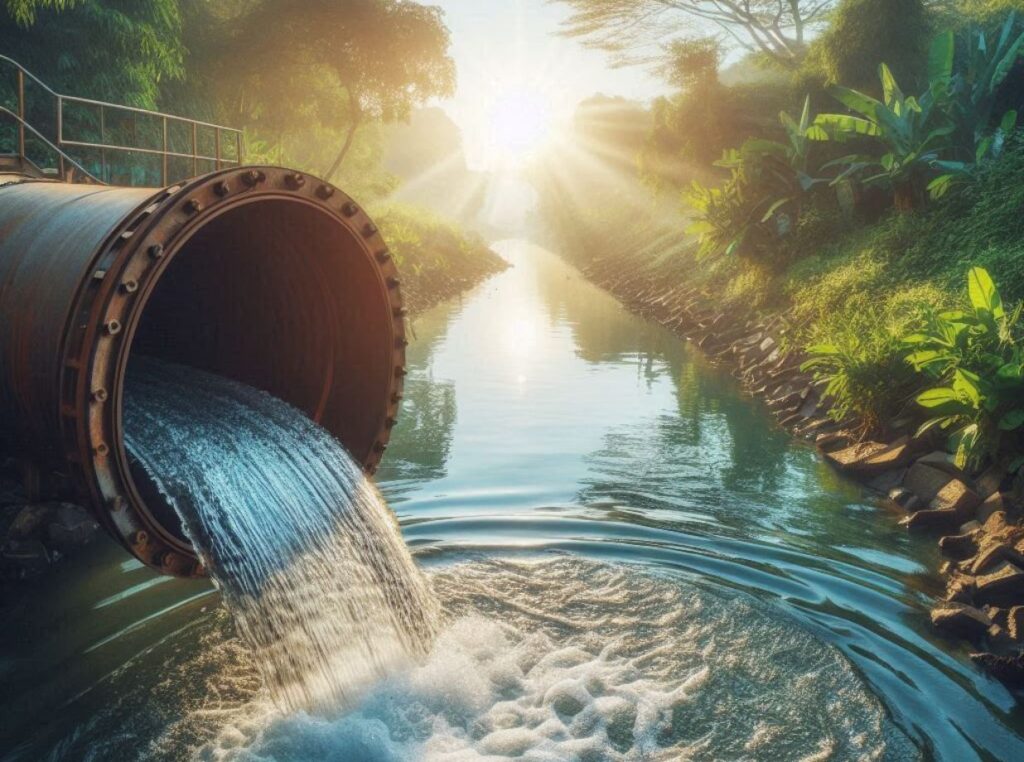Have you ever wondered what actions can effectively curb eutrophication in our water bodies? Eutrophication is a growing concern for ecosystems across the globe, posing a significant threat to aquatic life and water quality. Developing strategies to combat this process is crucial to maintaining healthy waterways and safeguarding our environment.
Understanding Eutrophication
Eutrophication occurs when water bodies receive an excess of nutrients, primarily nitrogen and phosphorus, leading to accelerated plant growth, particularly algae. This overgrowth can deplete oxygen levels, disrupt aquatic ecosystems, and lead to issues like algal blooms and dead zones.
Causes of Eutrophication
Human activities are major contributors to eutrophication. Practices such as the overuse of fertilizers in agriculture, improper waste disposal, and industrial discharge add excessive nutrients to water bodies. These nutrients encourage algae proliferation, which can eventually disrupt the balance of aquatic environments.
Consequences of Eutrophication
Eutrophication’s repercussions extend beyond ecological damage. Oxygen depletion caused by decaying algae can create hypoxic conditions, rendering waters unsuitable for most aquatic life. This can lead to a decrease in biodiversity, altered food webs, and even the contamination of drinking water supplies.
Strategies to Reduce Eutrophication
Effective strategies to reduce eutrophication involve both prevention and mitigation. By employing a combination of approaches, you can help protect water quality and maintain the balance of aquatic ecosystems.
Nutrient Management Practices
One of the primary ways to reduce eutrophication is through careful nutrient management, especially in agricultural settings where fertilizer runoff is a significant source of nitrogen and phosphorus.
Reducing Fertilizer Use
Adjusting the application rates of fertilizers can significantly decrease the number of nutrients entering water bodies. Adopting practices like precision agriculture to apply fertilizers more accurately can minimize excess nutrient runoff.
Using Slow-Release Fertilizers
Slow-release fertilizers deliver nutrients over time, reducing the immediate impact on waterways. This method helps to ensure that plants receive nutrients when they need them rather than overwhelming the ecosystem all at once.
Establishing Buffer Zones
Planting vegetative buffer zones around agricultural fields can trap and utilize excess nutrients before they reach water bodies. These green barriers also help reduce soil erosion and sedimentation.
Improving Wastewater Treatment
Urban and industrial wastewater is another significant source of nutrients contributing to eutrophication. Enhancing wastewater treatment processes can lower the concentration of nutrients released into water bodies.
Upgrading Treatment Facilities
Investing in advanced treatment technologies, such as biological nutrient removal (BNR), can effectively reduce nitrogen and phosphorus levels in wastewater. BNR targets these nutrients specifically, transforming them into inert substances before discharge.
Implementing Green Infrastructure
Incorporating green infrastructure solutions, such as constructed wetlands, can provide additional treatment of wastewater after it leaves traditional facilities. These ecosystems can naturally filter and break down nutrients, minimizing their impact on surrounding water bodies.
Promoting Sustainable Agricultural Practices
Adopting sustainable farming techniques can help reduce nutrient runoff, contributing to a decrease in eutrophication.
Conservation Tillage
This practice involves leaving crop residues on fields to cover the soil. It reduces erosion and runoff, allowing nutrients to remain where they are beneficial rather than entering waterways.
Crop Rotation and Cover Crops
Implementing crop rotation and cover cropping maintains soil health and nutrient levels. These practices can help break pest cycles, reduce the need for fertilizers, and increase organic matter in the soil.

Encouraging Responsible Urban Settings
Urban areas can contribute significantly to nutrient pollution. Implementing responsible urban planning and management can minimize this impact.
Stormwater Management
Installing permeable pavements, green roofs, and rain gardens can help manage stormwater runoff. These systems capture and slowly release runoff, filtering out pollutants before they reach water bodies.
Educating Residents
Public awareness campaigns and educational programs can help residents understand the impacts of nutrient runoff and adopt practices to minimize it. Encouraging the use of phosphorus-free detergents and responsible fertilizer application can make a significant difference.
Protecting and Restoring Wetlands
Wetlands act as natural filters, trapping nutrients before they enter larger water systems. Protecting existing wetlands and restoring degraded ones can enhance their ability to prevent eutrophication.
Legal Protections and Incentives
Enacting policies that protect wetlands from development and offering incentives for conservation can encourage their preservation. Wetlands are crucial for maintaining water quality and preventing nutrient overloads.
Wetland Restoration Projects
Restoration efforts can rebuild the ability of degraded wetlands to filter nutrients effectively. Reestablishing native plants and repairing hydrological functions can improve wetland health and functionality.
Implementing Ecological Engineering Solutions
Innovative ecological engineering solutions can also help mitigate the effects of eutrophication.
Artificial Floating Islands
These structures support aquatic vegetation that absorbs excess nutrients from the water. They can be installed in lakes, ponds, or slow-moving rivers to help reduce nutrient levels.
Phytoremediation Projects
Utilizing specific plants known for their nutrient uptake abilities can assist in cleaning contaminated waters. These plants absorb and store nutrients, removing them from the water column.
Monitoring and Evaluation
Continual monitoring and evaluation are essential for the success of any strategy to reduce eutrophication. Tracking progress helps identify areas needing improvement and ensures the effective implementation of solutions.
Regular Water Quality Assessments
Conducting regular water quality tests can help detect changes in nutrient levels and the overall health of ecosystems. This information is crucial for adapting management strategies and maintaining progress toward eutrophication reduction goals.
Collaborative Research and Adaptation
Collaboratively working with scientists, policymakers, and local communities can lead to innovative solutions and adaptations. Continually researching and developing new methods can help stay ahead of challenges related to eutrophication.
Conclusion
Reducing eutrophication requires a multifaceted approach, combining prevention, sustainable management, and restoration practices. By focusing on nutrient management, upgrading wastewater treatment, protecting natural filters like wetlands, and implementing innovative technologies, you can contribute to healthier aquatic ecosystems. Continuous monitoring, public education, and collaborative efforts are key to ensuring the long-term success of these strategies. Your actions can help preserve water quality for future generations while supporting the diverse life that depends on these precious resources.
